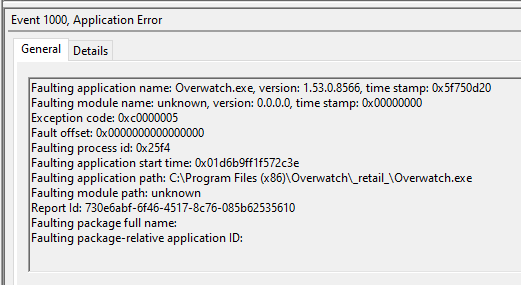
it returns the point on the curve at t, where P is the set of control points, using recursion starting at B(d,0,t), where d is the degree of the bézier curve (number of points minus 1)
in code:
in code:

it's definitely not optimal, but, neither am I
I'm tired and was just curious to see if I could formulate the evaluation recursively in a short lil snippet~
(it evaluates most sub-points twice, among other things)
I'm tired and was just curious to see if I could formulate the evaluation recursively in a short lil snippet~
(it evaluates most sub-points twice, among other things)
I didn't really cover this recursive formulation of de casteljau's algorithm in my video, mostly just showed that it is generalizable, but I might have to for my next video, as B-Splines are often defined in a similar way
I still haven't decided how much focus I should put on n-degree splines vs just cubic splines, since cubics are by far the most common type
but I think one of the powers of B-splines at least, is specifically that it's designed for you to be able to change degree
but I think one of the powers of B-splines at least, is specifically that it's designed for you to be able to change degree
• • •
Missing some Tweet in this thread? You can try to
force a refresh







